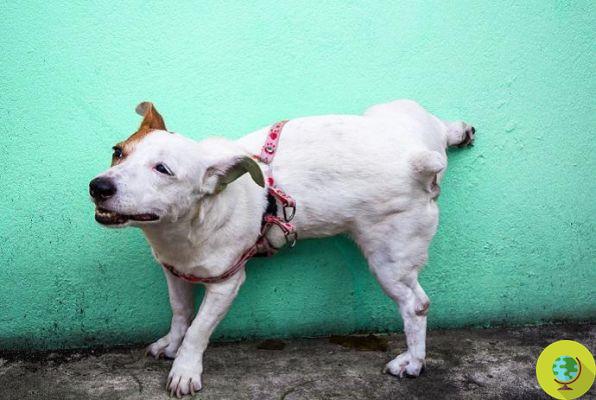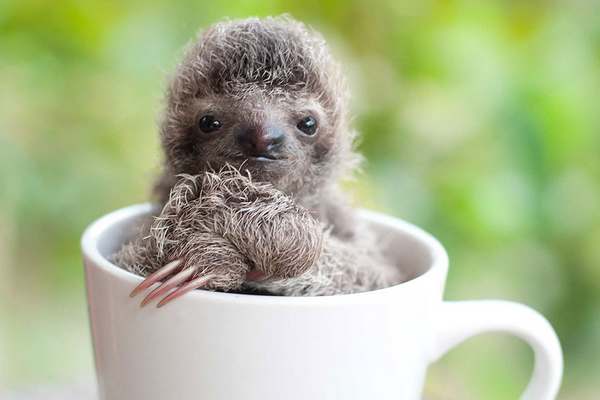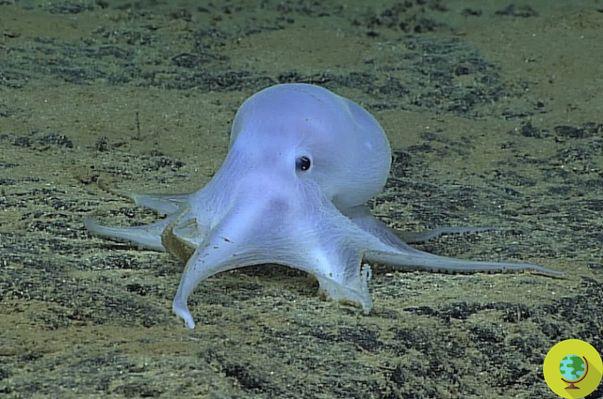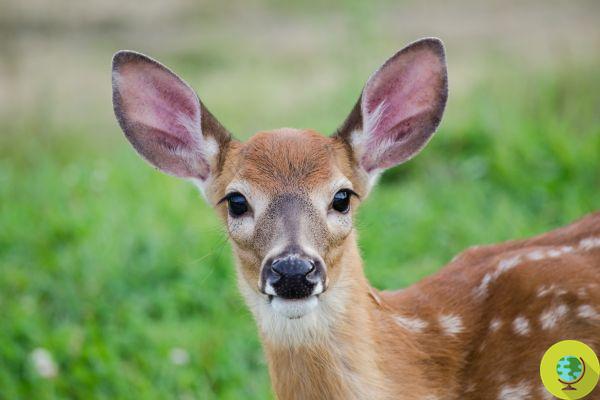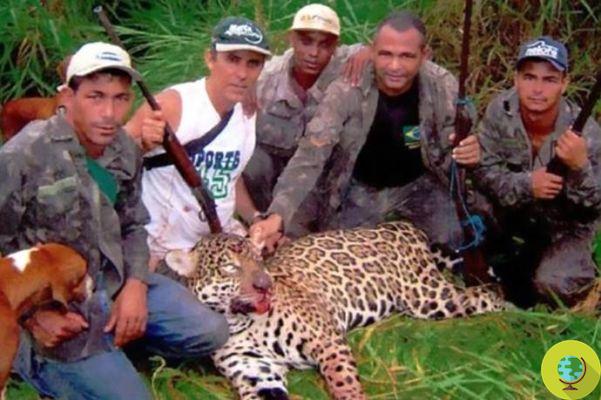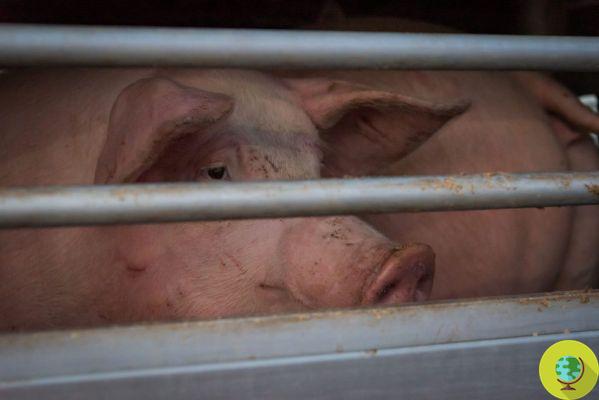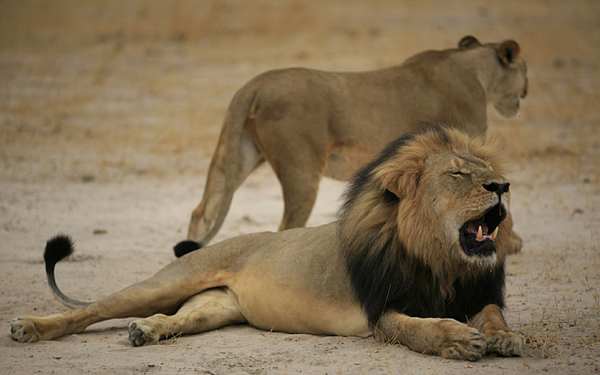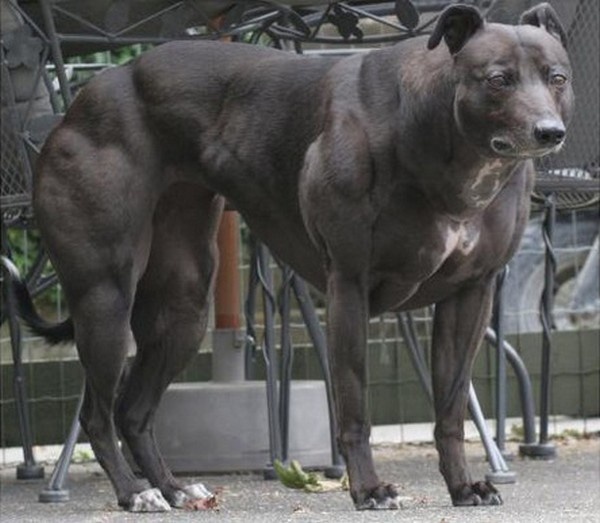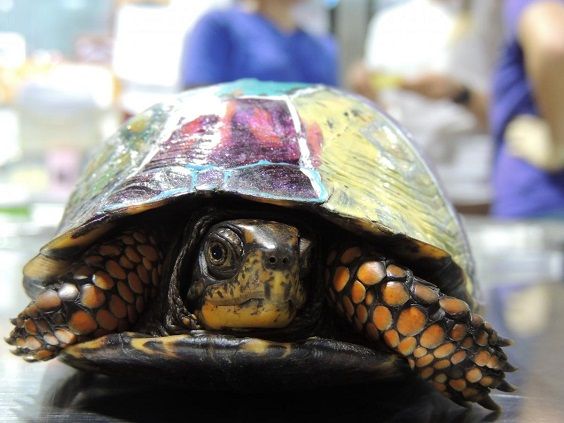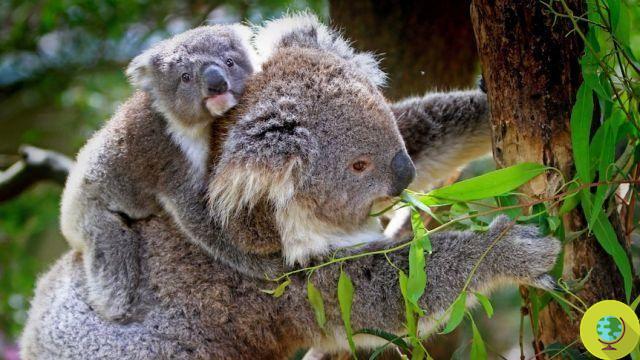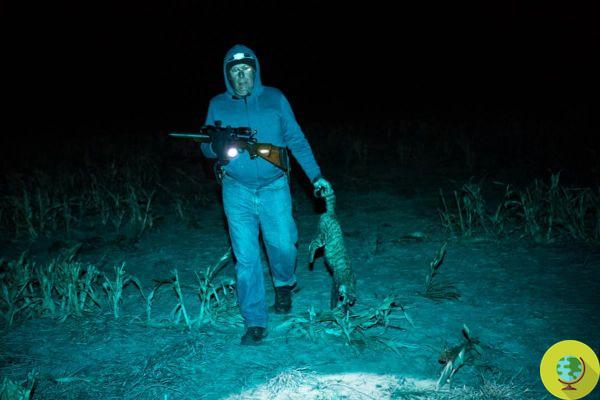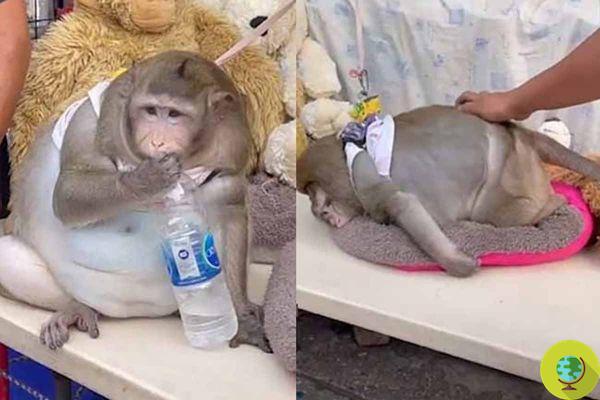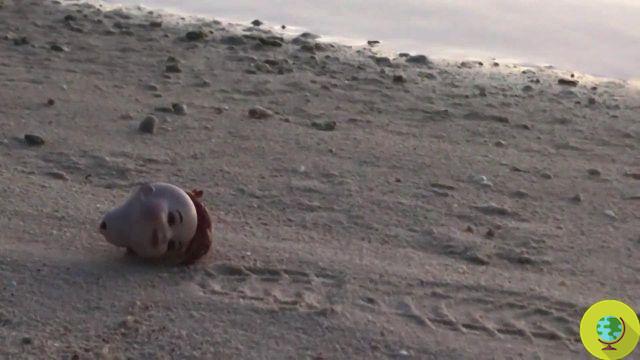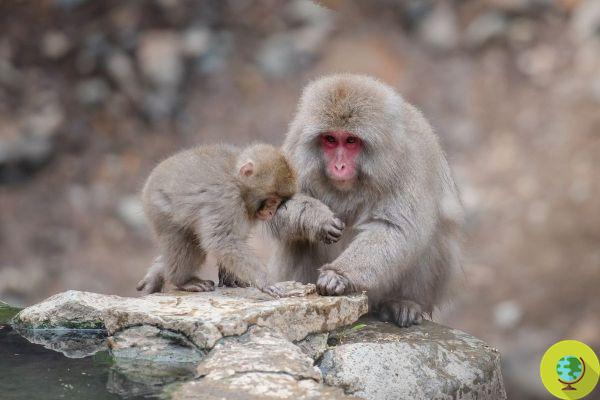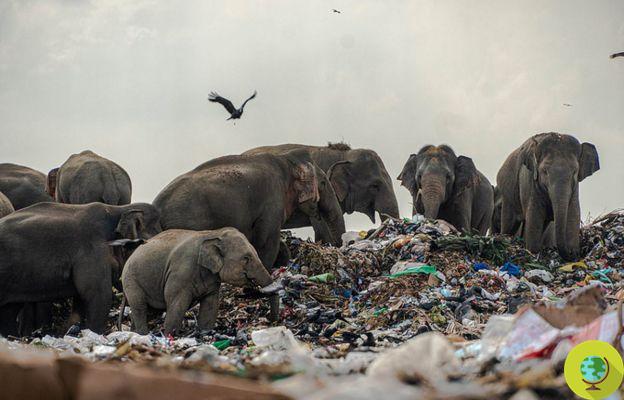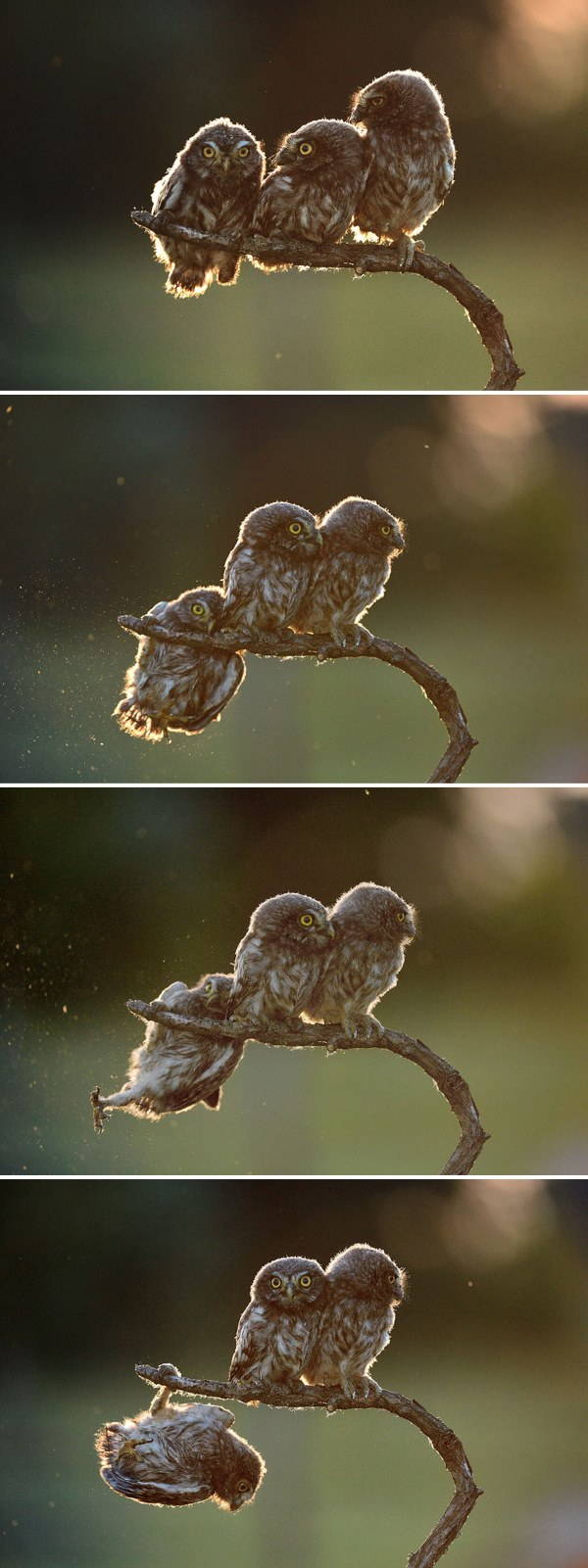As small as it is extraordinary. An invaluable find, more than 42.000 years old, which comes straight from the past under the name of Lyuba. It is a mummified fossil of a female mammoth baby, just one month old, so well preserved that it still has traces of mother's milk in its stomach today.
He is about to end up run over, his mother saves him
So much as small as extraordinary. a find of inestimable value, old more than 42.000 years, which comes straight from the past under the name of Lyuba. It is a mummified fossil of a female mammoth cub, just a month old, so well preserved that it still has t in the stomach todayrashes of breast milk.
As large as she was in size, Lyuba was a cute puppy she had just a month when, more than 40.000 years ago, slipped into a mud bank, probably sucked into a stream, where she died by suffocation and remained frozen during the Ice Age. Just discovered 5 years ago, in 2007, after a rest lasting millennia, by a nomadic reindeer herder in siberian permafrost of the Yamal peninsula, in the Ural mountains, the little mammoth returns to be talked about, given that from tomorrow April 12, until May 10, will be the protagonist for the first time in Asia, after the 2010 exhibition at the Field Museum in Chicago, of the exhibition "I Love Lyuba: Baby Mammoth of the Ice Age", at the IFC Mall in Hong Kong, and then leave for a real one tour that will touch China, Indonesia, Singapore and Taiwan.
Preserved in special "desiccative" packaging, Lyuba can be observed by thousands of curious visitors and fascinated experts, thanks to the kind concession of Shemanovsky Museum dello Salekhard, in Russia. The curator of the museum, Galina Karzanova, describing Lyuba's condition explains: “her trunk is almost entirely intact, which is very rare given that it is the most fragile part of the mammoth, and his ears are also more or less intact. Even her skin is intact, which is, again, very rare. But what matters most to scientists are its internal organs, such as the intestine, which have remained well preserved ”.
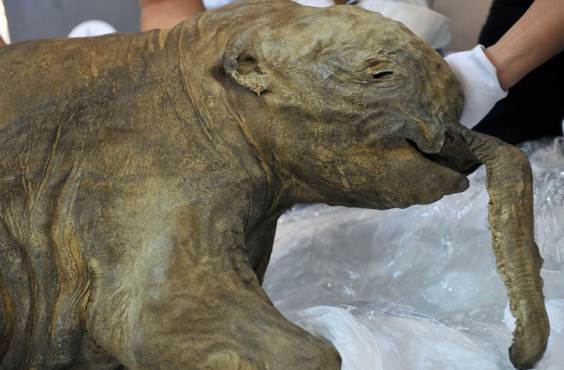
In fact, the frozen terrain of Siberia proved to be the outpost that guards mammoths with soft tissues, where most of the cubs of the prehistoric animal have been found since the 18th century, discovered quite recently. It was only in 1977 that the entire body of a mammoth, a male cub called Dima, was discovered in Siberia, near the Pacific coast, while in previous centuries the discoveries mainly concerned adult parts, such as tusks and bones.
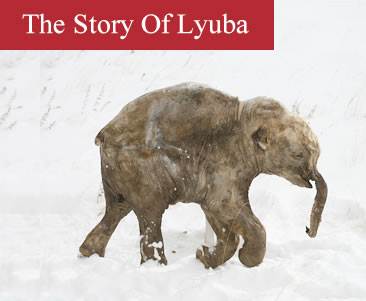
Now the hope is that the cub's organs, extracted from its body using state-of-the-art technology, will reveal more information not only regarding the morphology and shape of the mammoth, but also about the mammoth's shape.environment and climate of the Ice Age. Which leaves scientists like Alexei Tikhonov, director of the Zoological Museum and Deputy Director of the Russian Academy of Zoological Sciences, rubbing their hands, who is working on the realization of his biggest dream: to bring mammoths back to life in the polar areas, putting in the uterus of an Indian elephant a cell 'recovered' and making it generate. A dream that, frankly, makes us tremble only at the thought.
Roberta Ragni




